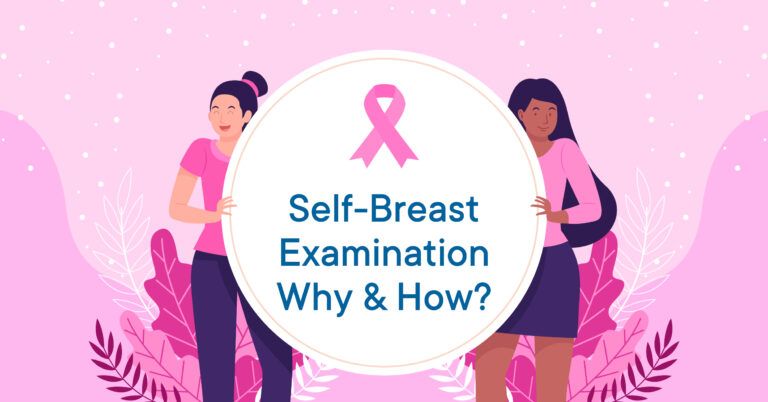
Each year in October, breast cancer awareness is raised and study for advancement in disease treatment is conducted. Cancer of the breast is the most frequent disease in the world, and women are disproportionately impacted.
According to the Worldwide Health Organization, 2.3 million women received diagnoses with breast cancer in 2020, with 685,000 fatalities.
Although cases are more common in rich countries, the number of cases has recently increased in developing countries, particularly many African countries such as Nigeria. West Africa currently accounts for almost 23% of the overall incidence of cancer, indicating that incidences are on the rise.
Early identification and therapy are still the most effective methods of beating breast cancer. A Breast Self-Exam is one method for detecting abnormalities in your breast. Follow these five steps to conduct a breast self-exam:
1 . Observe your breasts in the image in the mirror resting your palms on your hips. Ensure that your busts are the correct size and color, and that they are equally shaped with no swelling or apparent distortions. If you observe puckering, rising of the skin, dimpling, or anything strange, such as pain, redness, or unequal nipple position, consult a doctor immediately. Start by examining the breasts in the mirror, shoulders straight and arms on your hips.
2 . Lift your forearms and examine your breasts. examine for the same modifications in step.
3 . Inspect for fluids or discharges. Examine the two nipples for any fluid coming out. The fluid in question could be clear, yellow, milky, or even bloody.
4 . Lean on your back and feel your breasts for lumps While lying down, first massage your left breast with your right hand, then your right breast with your left. Massage from upwards to the bottom of the women's breasts starting from the inside then working outward into the underarm area. This can be carried out using a motion that is circular, making careful to cover the entire breast.
5 . Rise or sit and examine your breasts for lumps. This is most effective in the shower while your skin is moist and slick. Cover your entire breast with the hand movements you used in step. Breast self-exams are not a substitute for regular doctor-administered physical exams, mammography, ultrasound, or magnetic resonance imaging.